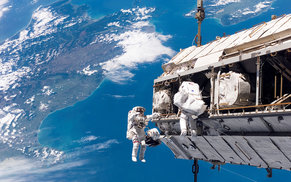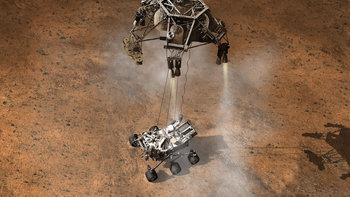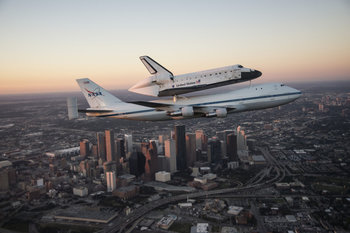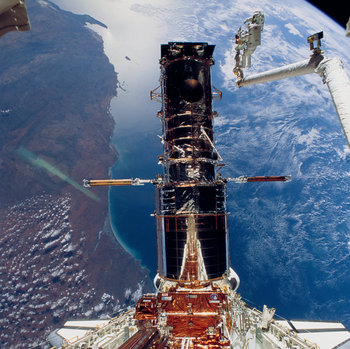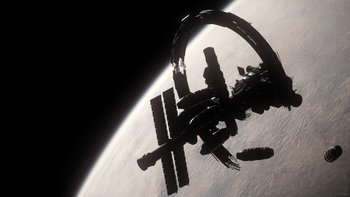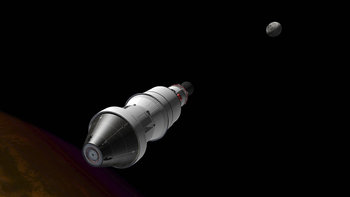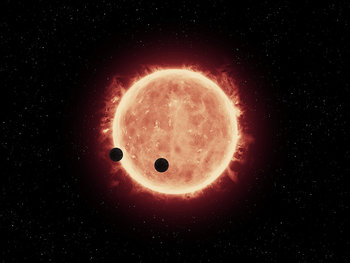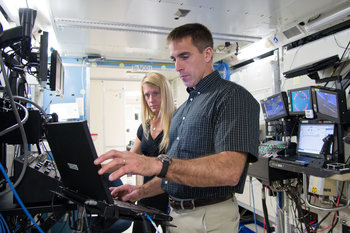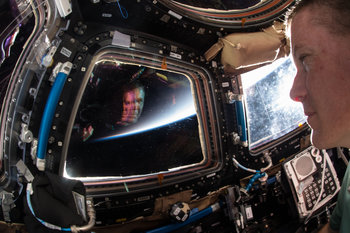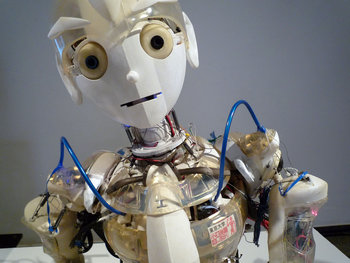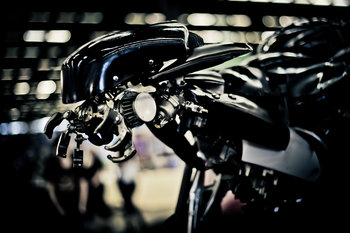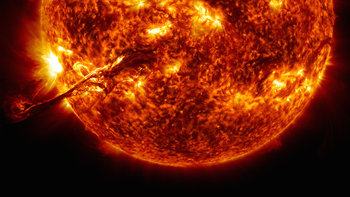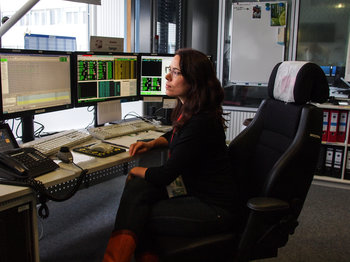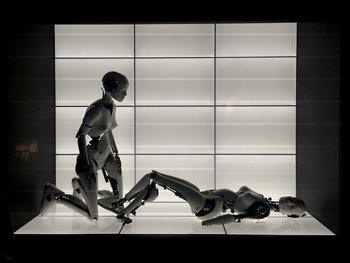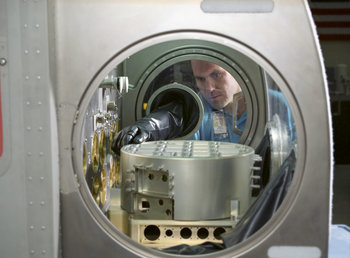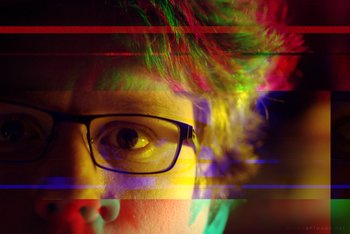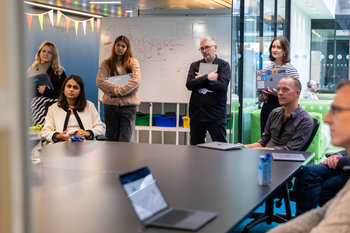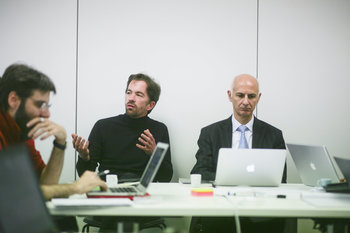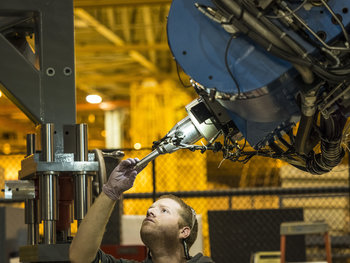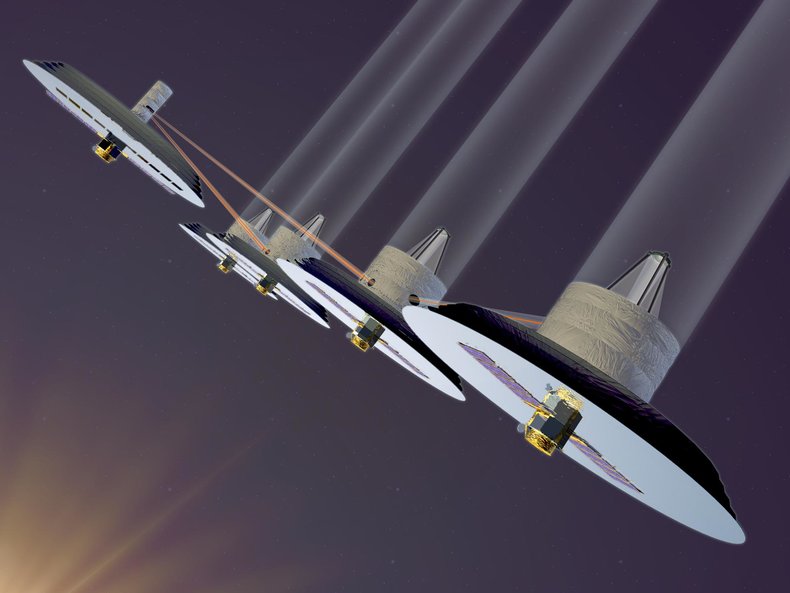
Potential
Self-replicating spacecraft represent a potentially inexpensive way to explore vast regions of space. They may also have commercial applications as a way to collect energy, materials or manufacture in space. Megastructures such as a Dyson Sphere are far too large to construct with conventional methods and may require a highly scalable team of construction tools. Self-replication is one way to achieve such projects of extreme scale.Risks
Self-replicating spacecraft that exhibit artificial intelligence may represent an existential threat as they could potentially evolve to become unpredictable and sophisticated.It may be important to hardwire a limited number of generations into a population of self-replicating spacecraft. Otherwise, they are likely to become an extreme form of space junk that could potentially consume all the energy and resources of a galaxy.| Overview: Spacecraft | ||
Type | ||
Definition | A robotic spacecraft that creates copies of itself using materials and energy found in space. | |
Value | An inexpensive way to accomplish large tasks in space. | |
Risks | A self-replicating artificial intelligence is considered an existential risk due to its ability to rapidly self-improve along unpredictable lines.Self-replicating spacecraft are likely become an extreme form of space junk that could infect vast regions of space, consuming energy and reproducing until they black out all else. This might be prevented by hardcoding a limited number of generations into their design. | |
Notes | Self-replicating spacecraft may also have manned variations and may be combined with other techniques such as a self-replicating generation ship. | |
Related Concepts | ||

